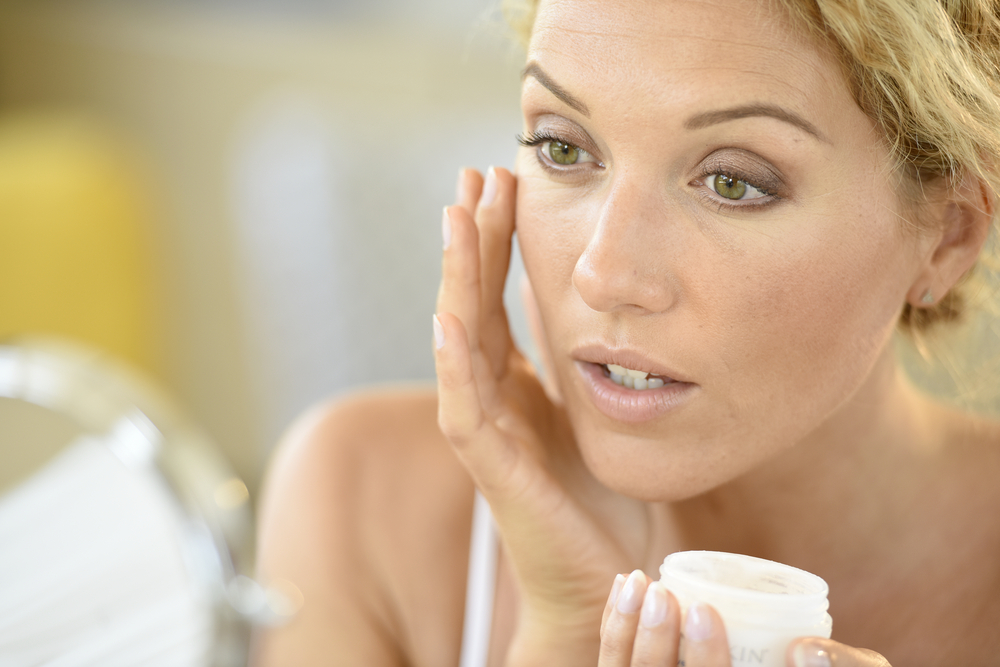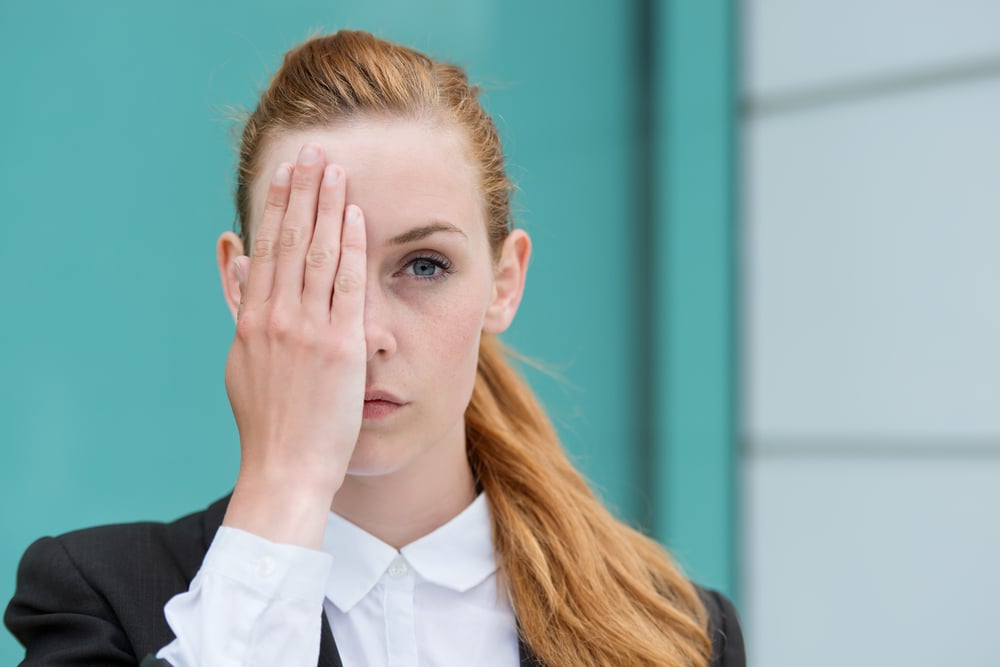- Botox treats crow’s feet by paralyzing the facial muscles around your eyes that cause wrinkles.
- The procedure takes less than 30 minutes.
- Results last for about three or four months.
- Botox is not suitable for patients with deep crow’s feet.
Crow’s feet are the fine lines that radiate out from the corners of the eyes. They are often the first wrinkles to appear and are caused by repeated contractions of the facial muscles used to smile, squint and laugh.
At first they’re only present when you smile or make a facial expression, but with time they become visible even when your face is at rest. Botox is one of the most effective ways of reducing the appearance of crow’s feet.
Why Use Botox for Crow’s Feet
Botox is the most popular cosmetic procedure in the world, used primarily to treat wrinkles and fine lines to help combat the signs of aging. The main ingredient in Botox is botulinum toxin type A, which works by temporarily paralyzing the muscles in your face that cause wrinkles.
Botox gained U.S. Food and Drug Administration (FDA) approval for use in the treatment of crow’s feet in 2013. It relaxes the underlying muscle that controls the eyelid, which in turn reduces the appearance of wrinkles around the eye.
Botox isn’t the only botulinum toxin product designed to treat wrinkles around the eye. Dysport and Xeomin, both also containing botulinum toxin type A, are other popular products commonly used to treat crow’s feet, with research showing more than 80% of patients respond favorably to them.
However, this is considered an off-label use. As it stands, Botox is the only botulinum toxin product that has FDA approval for treating crow’s feet.
» See this guide for more information on the differences between Botox, Dysport, and Xeomin.
What to Expect During the Procedure
Botox for crow’s feet is a non-surgical procedure that typically takes less than 30 minutes to complete. It’s typically performed in-office using very fine needles that are injected into the orbicularis-oculi, a ring-shaped muscle that surrounds your eye and closes your eyelid. The orbicularis-oculi accentuates your crow’s feet when contracted.
Injection sites and pattern
The procedure involves three injections on each side of the face. The first injection is usually positioned 1.5-2 cm from the lateral canthus (the corner of the eye where the upper and lower eyelids meet), while the position of the second and third injections vary depending on how your crow’s feet are distributed.
If your crow’s feet radiate out above and below the lateral canthus, the second and third injections will be positioned above and below the corner of your eye at approximately a 30 degree angle from the first injection.
On the other hand, if your crow’s feet are primarily located below the lateral canthus, the second and third injections will be positioned below the first injection about 1-2 cm from the outside edge of your eye.
Are the injections painful?
The injections are not considered to be painful. Your provider may use ice or a topical anesthetic to reduce any potential discomfort you may experience during the procedure.
How Many Units of Botox Do You Need to Treat Crow’s Feet?
Most people get the best results using 8-12 units of Botox per side, with some variation depending on your age, the severity of your crow’s feet and the condition of your skin. Younger skin tends to require fewer units. Men typically need more units than women due to their stronger facial muscles.
Are You a Good Candidate?
You may be a good candidate if you:
- Are over the age of 18.
- Are generally healthy with no chronic neuromuscular condition or other serious health conditions.
- Wish to soften the appearance of facial wrinkles around the corners of your eyes.
It’s important to note that Botox can be safely used by younger people. Increasingly, people in their 20s and 30s are using Botox as a preventative measure to reduce muscle activity and stop wrinkles before they can develop.
Botox usually isn’t the best option for people who have deep crow’s feet. In such a scenario your provider may recommend using Botox in conjunction with dermal fillers, which add facial volume to create smoother skin.
You should avoid using Botox if you are pregnant or breastfeeding.
How Long Does It Last?
Results are not noticeable immediately after the treatment. Botox has an average onset time of three days, although it may take up to a month to see the full final result. This is supported by research which shows that patients report being most satisfied with their results four weeks after receiving treatment.
The effects of Botox injections are temporary, and last roughly four months on average. You can repeat the treatment after this period, should you wish to maintain results. As an added bonus, studies indicate that the effects of Botox may last longer with multiple treatments.
» Learn more about how long the effects of botox last.
What Are the Side Effects of Crow’s Feet Botox Injections?
Botox is generally considered a safe treatment, and many people are able to successfully treat their crow’s feet without experiencing serious adverse effects.
However, there are some risks to be aware of. As noted in research published in the Medicine journal, the most common complications among patients who receive Botox for crow’s feet include:
- Bruising
- Dry eyes
- Blurry vision
- Eyelid retraction
- Excessive tearing
There is also a small risk of Botox spreading slightly beyond the injection site, which can affect how your face moves and functions. The side effects of this may include droopy eyelids, crooked eyebrows and watery eyes.
Why does Botox cause puffy eyes?
Some patients experience puffiness around their eyes after getting Botox. This is usually the result of hiring an inexperienced provider.
When too much Botox is injected into the orbicularis muscles, it can cause the fat pads below the eyes to puff out. Puffiness may also be the result of lymphatic drainage damage. Unfortunately, this effect cannot be instantly reversed, but does eventually wear off in a few months time.
Before and Afters of Botox for Crow’s Feet
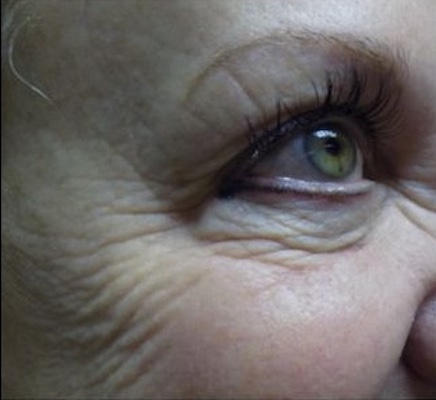

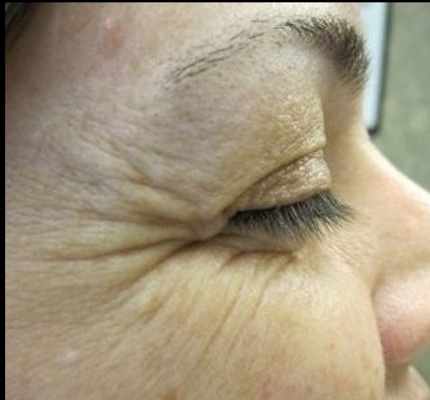
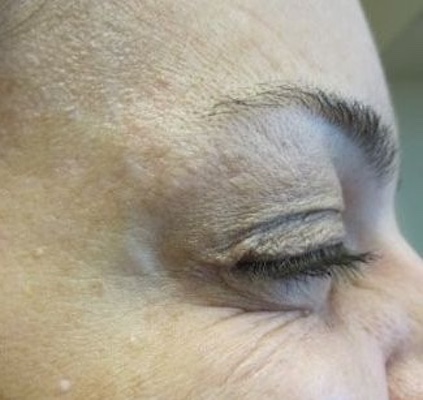
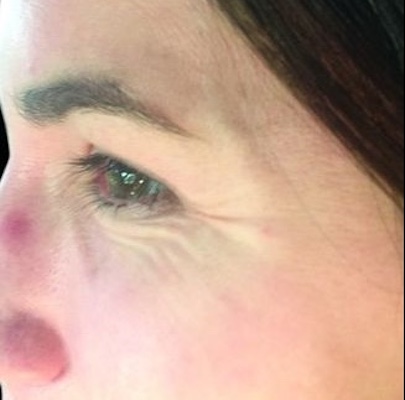
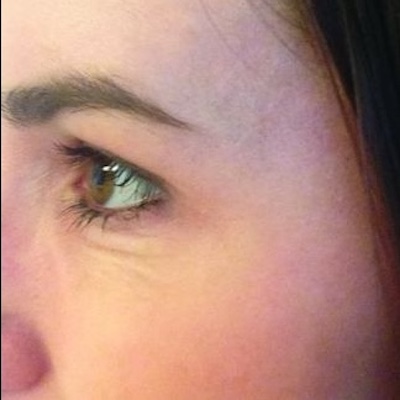
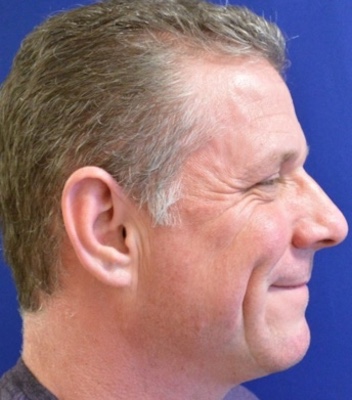

Reviews of Botox for Crow’s Feet
The vast majority of patients are able to achieve great results using Botox for crow’s feet. As many as 95% of patients say they would recommend the therapy to others, according to online reviews.
Interestingly, you may find that the benefits of Botox go further than skin deep. Research from the University of Illinois found that patients who receive Botox for the treatment of facial wrinkles experience significant improvements in their quality of life, including health, mood, body satisfaction and sense of wellbeing.
How Much Does Botox for Crow’s Feet Cost?
Botox costs approximately $12 per unit. Given that you need 16-24 units to treat crow’s feet, it should cost approximately $200-$300 per treatment session.
Keep in mind that prices can vary significantly depending on your location, the number of units required, and the skill and experience of your provider.
Takeaway
Botox is an excellent option for temporarily reducing the appearance of fine lines around the eyes. While some providers may recommend using Dysport or Xeomin, Botox is currently the only FDA-approved botulinum toxin product for treating crow’s feet. At $200-$300 per treatment, Botox isn’t cheap, but the cost is balanced out by its excellent results and high patient satisfaction rate.
Botox Providers Near Me
For safety and best results, it’s essential that you always work with an experienced, reputable board-certified provider. Connect with expert Botox providers in your area or consult with our medical review team.






